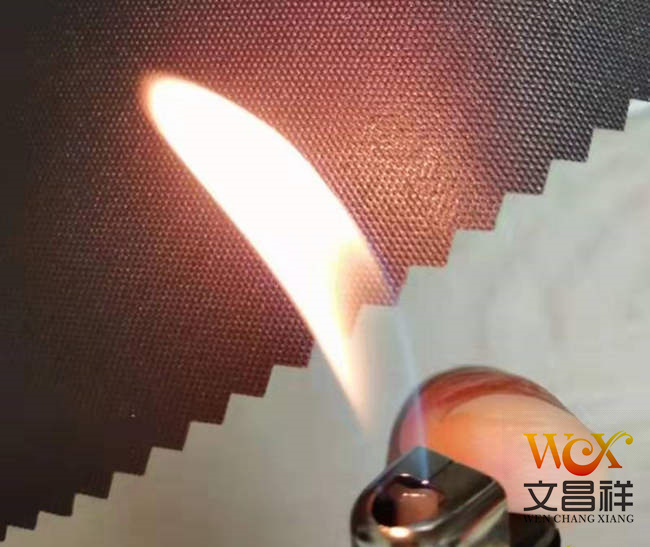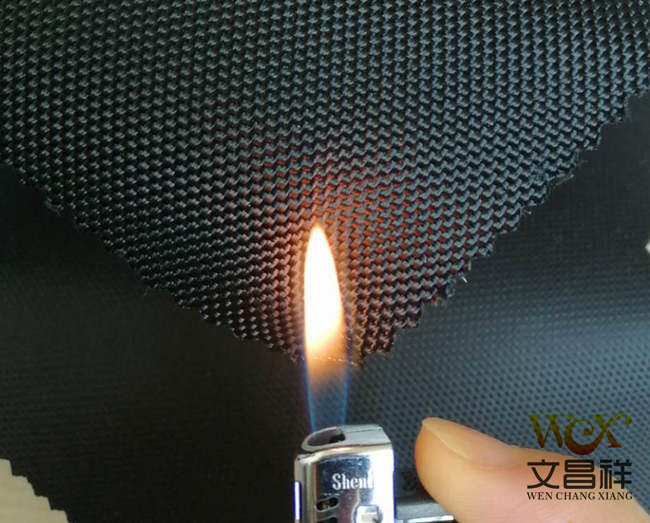Flame-retardant fabrics are processed with special production techniques to effectively prevent the spread of flames. Textiles after flame-retardant finishing can reduce their flammability in flames, slow down the spread, and prevent large-area burning; leaving the flame Afterwards, it can self-extinguish quickly, no longer burn or smolder, and has good washing resistance.

Burning test Method: According to the relative position of the sample and the flame, it can be divided into vertical method, 45° tilt method and horizontal method. The vertical method is generally used for flame retardant properties of clothing fabrics, decorative fabrics, tent fabrics, etc.; the 45° tilt method is suitable for interior decoration fabrics in aircraft; the horizontal method is suitable for matting fabrics such as carpets and automobile interior fabrics.
 Extreme oxygen index method: will be Clamp the sample vertically and place it into a transparent combustion cylinder. There is an upward moving oxygen and nitrogen flow in the cylinder. Light the sample end, then observe the combustion phenomenon, and compare its continuous burning time or damage length with the specified limit value. Through different oxygen concentrations Experiments on a series of samples can maintain the lower oxygen concentration required for combustion.
Extreme oxygen index method: will be Clamp the sample vertically and place it into a transparent combustion cylinder. There is an upward moving oxygen and nitrogen flow in the cylinder. Light the sample end, then observe the combustion phenomenon, and compare its continuous burning time or damage length with the specified limit value. Through different oxygen concentrations Experiments on a series of samples can maintain the lower oxygen concentration required for combustion.
Oxford cloth specifications: 1680D, 1200D, 900D, 600D, 420D, 300D, 210D, 150D, etc.
Oxford cloth functional classification: flame retardant Oxford cloth, waterproof Oxford cloth, PVC Oxford cloth, PU Oxford cloth, camouflage Oxford cloth, fluorescent Oxford cloth, printed Oxford cloth, composite Oxford cloth, etc.
</p







